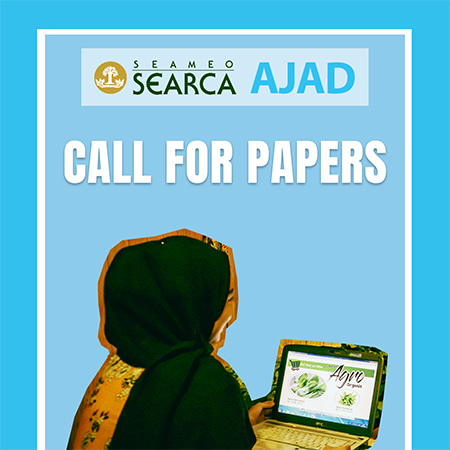Climate variability and weather fluctuations are important risk factors in crop production. They have caused reduced yields and significant reduction in crop production throughout Southeast Asia. As a risk management strategy, crop insurance has been promoted in risk-prone areas in the region to reduce the adverse impacts of climate hazards. However, crop insurance products have not been very popular among farmers and crop growers due to limited coverage amidst high premium as well as apparent subjectivity and bias in crop damage assessment. In recent years, weather index-based insurance (WIBI) products have been proposed to address climate risk more objectively. Issues involved in the implementation of WIBI crop insurance include the determination of appropriate indices in terms of threshold levels, estimation of risk of not meeting the thresholds, and paucity of adequate weather stations from which to gauge or base the threshold values. A case study from the Philippines is presented to determine objectively the threshold levels or index critical in rice production using the water requirements based on rainfall through the cumulative water demand for different phases of crop growth and development, namely: vegetative stage, flowering stage, and maturity stage. Risks of rainfall deficits in rice production for different planting dates for typical rice varieties grown are estimated in selected Philippine provinces, namely, Ilocos Norte, Iloilo, Agusan del Norte, and Laguna. The estimated climate risks based on weekly probabilities of rainfall deficits can then be used in defining and developing WIBI insurance products. They may also be used to determine the low risk-period for growing rice specific for a particular location and climate type. Challenges and issues for the effective and efficient implementation of WIBI in the ASEAN region are then discussed in light of this Philippine case study.


